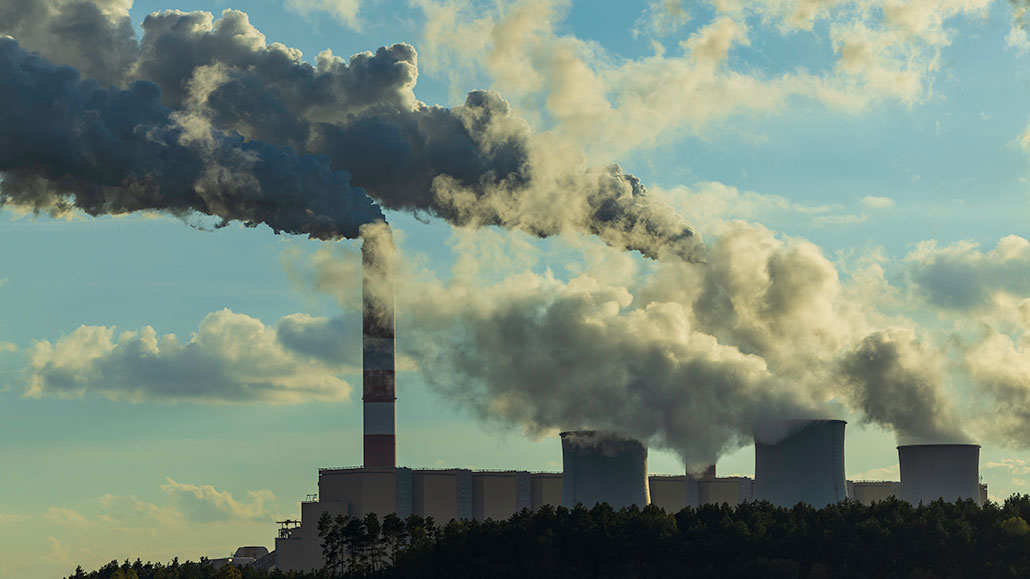
Tech
Engineers cook up a new way to tackle CO2: Make baking soda
Engineers have found a material that can collect carbon dioxide from the air. When later mixed with water, it forms baking soda that can be shed in the sea.
Come explore with us!

Engineers have found a material that can collect carbon dioxide from the air. When later mixed with water, it forms baking soda that can be shed in the sea.
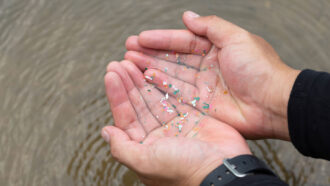
This interplay between plastics and metals could affect how each affects the environment — and suggests opportunities for controlling their risks.
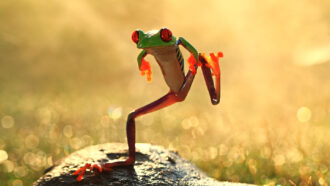
Frogs are a fascinating bunch of amphibians. Unfortunately, they’re also dying off in huge numbers.

Turning the clock ahead knocks our bodies and brains out of sync with the sun. That leads to many potential health issues.

How does a parachute work? Do bigger parachutes work better than smaller parachutes? Find out in this science project whether the size of the parachute matters.
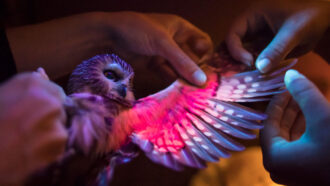
This property causes materials — including some animals’ skin, fur or feathers — to glow under light.
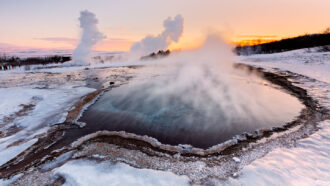
Most people know solids, liquids and gases — but what about the four other states of matter?
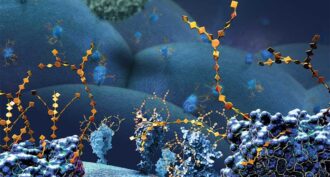
This so-called ‘click chemistry’ allows scientists to build complex molecules in the lab and in living cells.
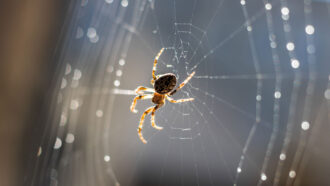
Scientists discover that orb-weaving spiders listen with their legs, detecting sound vibrations that travel through their silken webs.

Data show the plastic ends up tainting drinking water. For now, scientists don’t know what health risks downing these pollutants might pose.